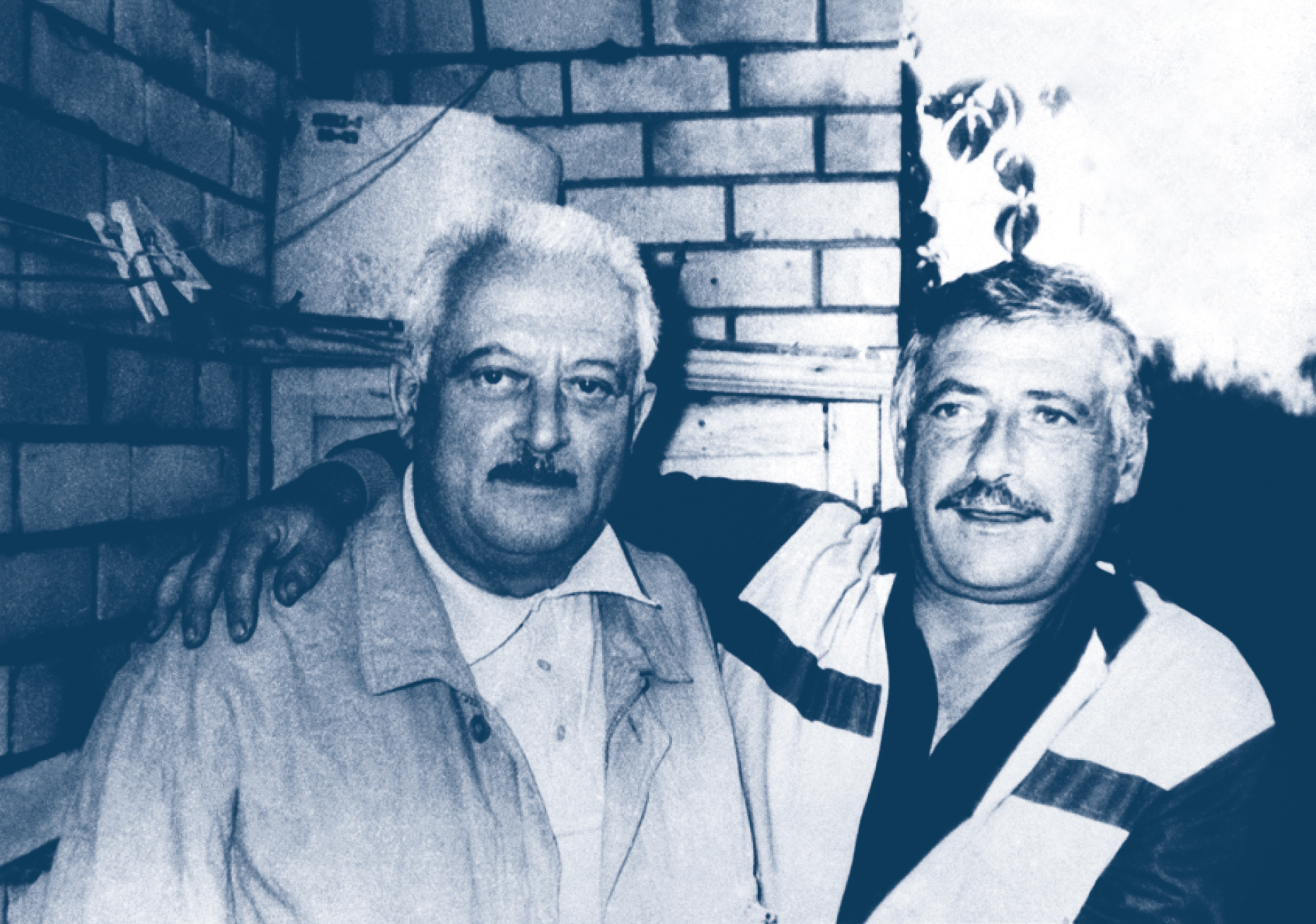THE ALLEY OF THE RIGHTEOUS: KARL PLAGGE |
← |
Published: 2020-08-18

KARL PLAGGE
1 8 9 7 – 1 9 57
I was doing it, because I considered it to be my duty…
Karl Plagge
At the end of June 1941, a military machinery repair workshop HPK (Heereskraftfahrpark Ost 562) headed by Karl Plagge opened in Vilnius. Major Karl Plagge made sure that all the work at HKP would be done by Jews. The HKP workers would be issued the so-called Scheins (work permits) which would temporarily save Jews from the actions that were regularly inflicted on Jews. At the beginning of September 1943, Karl Plagg convinced the SS management, whose headquarters were based in Riga, to give him permission to establish a closed concentration camp for the HKP workers. Right before the liquidation of the Vilna Ghetto, several hundreds of qualified Jews with their families, including some of those who did not have a clue how to repair machinery, were sent to live in two six-storey buildings located on Subačiaus Street. Karl Plagge made sure that the Jews had sufficient food and medical care on the grounds that only healthy and strong people could do a good job for the Vermacht. When plans appeared to take the Jewish women away as useless mouths, suddenly 100 Dutch sewing machines were brought in and repair and sewing of outfits for the Vermacht started. All the inmates of HKP – mechanics, electricians, metalworkers, tinkers, builders, turners, shoemakers, carpenters, thatchers – all ended up working for the benefit of the Vermacht. The assistance that Karl Plagge provided to Jews was well thought of, constant and lasted for several years. On 1 July 1944, with the front line approaching, Karl Plagge warned the labourers that the HKP camp would be evacuated and handed over to the SS. He even hinted:
‘You know all too well how meticulous the SS is when it comes to guarding Jewish inmates’. This single warning helped to save the lives of 250 people. SomeJews managed to escape that same night and the majority of them managed to survive in hideouts, the so-called malinas. Those who failed to do so were shot to death in Paneriai and on the territory of the HKP. The majority of those who survived consider Major Karl Plagge to be their rescuer.

Official event to commemorate Karl Plagge was held in his hometown of Darmstadt in 2005. First row (from left) Mariane Viefhaus, Pearl Good (former HKP inmate Perela Esterovitch), William Good, Fania Brancovskaja. Second row (from left): former HKP inmates: Simon Malkes, William Begell, Isaak Reches, and Michael Schemiawitz

A sign in front of the Church of St. Peter and St. Paul in Vilnius showing the way to the HKP workshop on Olandų Street. Ca. 1942.

HKP workshop on Olandų Street during the war.

HKP labour camp: two houses on Subačiaus Street right after the end of the war. On the left – former Block I, on the right – Block II.

Former HKP inmates from Vilnius Isaak and Josif Reches. The brothers survived in the hideout that they set up themselves.
.jpg)
Entrance to the former children’s hideout (malina).
From: Whosoever saves a single life, saves an entire universe
Vilna Gaon Museum of Jewish History, Vilnius, 2019
| ↑ | ← |
